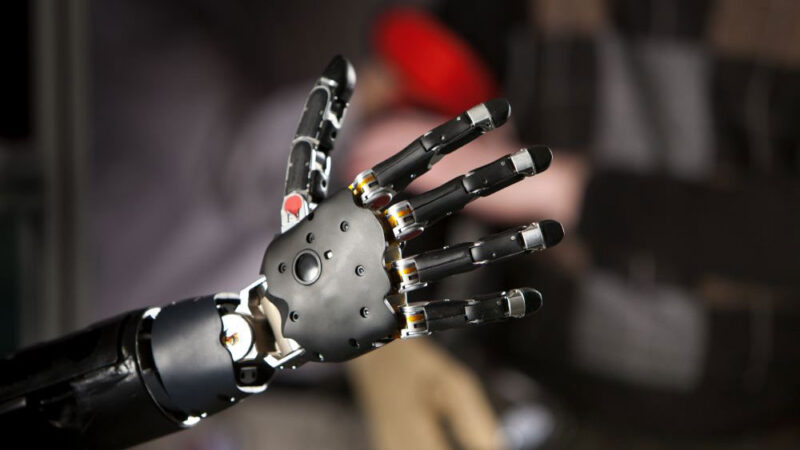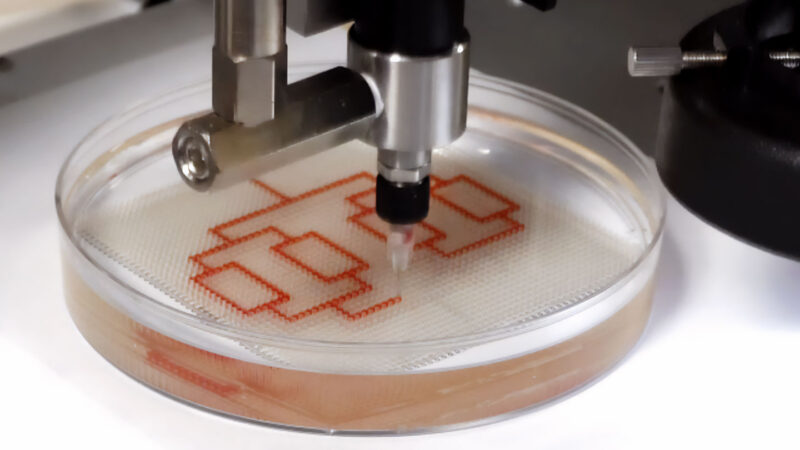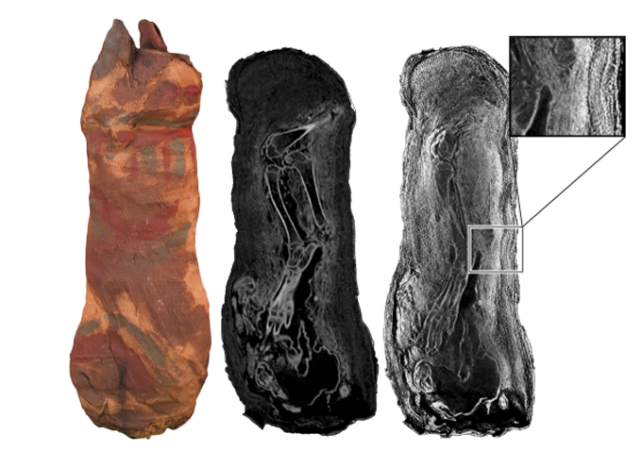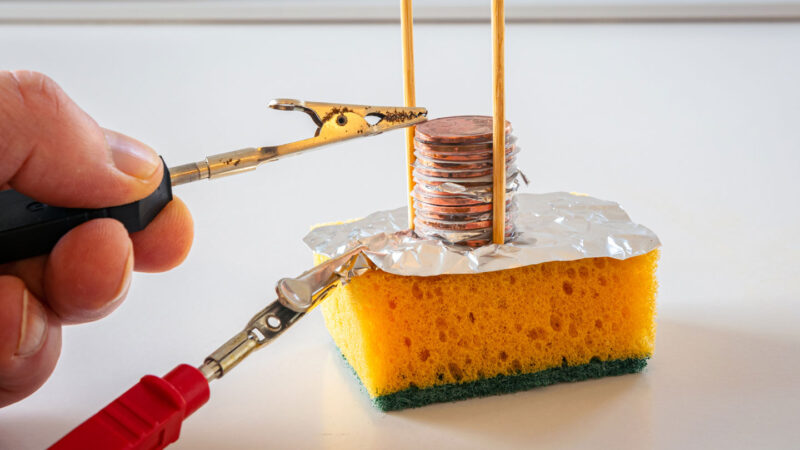Bionic (adjective, “By-AHN-ick”)
The word “bionic” describes technology is either inspired by nature or works with a mix of biological and synthetic parts.
Imagine a person who’s lost a hand getting a high-tech prosthetic, or artificial, hand. This prosthesis comes with sensory pads that can link to the person’s nervous system. That allows the person to feel things through their artificial hand. That’s an example of a bionic device. Bionic prostheses may allow a person without arms to grab a cup of cocoa. Or they may help a person without legs to go for a walk.
Bionic implants are another example of devices that combine biological and artificial parts. Bionic implants that connect to the brain can help treat disease and repair injuries. Some such devices allow people to carry out tasks with their thoughts. Brain implants have granted people who were paralyzed the ability type on a computer.
Bionic technology can also improve upon nature. One team of scientists altered living plants to make them glow in the dark. Their goal: Build city lighting tech that works in harmony with nature. The team achieved this by adding tiny particles to the plant’s cells. These nanoparticles used the tree’s energy to generate light.
Bio-inspired inventions also are considered bionic. Take Velcro, for instance. This two-sided material sticks together using a hook-and-loop design inspired by seed pods that cling to clothing. Artificial intelligence, or AI, is another example of bio-inspired tech. AI scientists often model AI systems based on how the human brain works.
In a sentence
Scientists used tiny nets of carbon atoms and a 3-D printer to create bionic, electricity-generating mushrooms.





